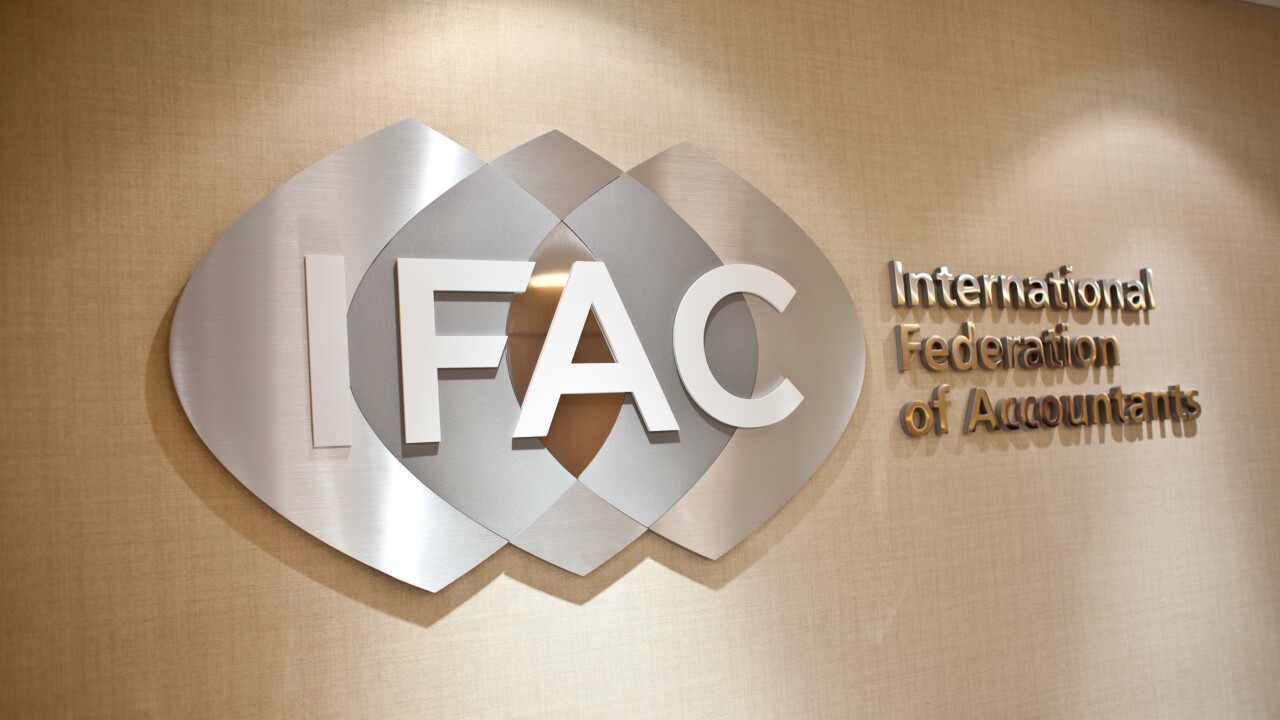The American Institute of CPAs has sent a set of recommendations to the Treasury Department and the Internal Revenue Service about the rules for executive compensation under the Tax Cuts and Jobs Act.

The suggestions relate to the guidance issued by the IRS in Notice 2018-68 about the tax treatment of executive compensation under section 162(m) of the tax code as revised by last December’s tax overhaul.
The AICPA pointed out in its letter that section 162(m) imposes a $1 million limitation on the amount of compensation that a “publicly held corporation” can deduct in a taxable year for a “covered employee.” The new tax law widened the definition of “covered employee” to include the principal executive officer and principal financial officer at any time during the year and not just on the last day of the year as was previously the case. The Tax Cut and Jobs Act also included in the definition the three other most highly compensated officers, for a minimum of five covered employees.
On top of that, the new tax law added section 162(m)(3)(C), which requires that if an individual is a covered employee of the employer or any predecessor employer in any tax year starting after Dec. 31, 2016, then they’re a covered employee in all future years (including in retirement and after death).
Last year’s tax law also repealed the exceptions for qualified performance-based compensation and commission-based compensation.
The AICPA also observed that the definition of a publicly held corporation was expanded under the new tax law to include certain foreign corporations, along with private corporations and S corporations that are required to file reports under section 15(d) of the Securities Exchange Act of 1934.
The AICPA suggested that the Treasury Department and the IRS:
• Offer guidance defining the term “predecessor employer” for purposes of determining who is a covered employee under the new section 162(m)(3)(C) of the tax code;
• Provide guidance about which employees are considered to be officers of a publicly held company for section 162(m) purposes with reference to the Securities and Exchange Commission’s definition of an officer; and
• Give taxpayers a safe harbor method for figuring the compensation for purposes of determining the three highest paid officers other than the principal executive officer and principal financial officer;
• Write guidance excluding directors’ fees earned after an individual terminates service as an employee, from the definition of compensation for purposes of section 162(m).
In addition, the AICPA recommended that the Treasury and the IRS offer transition relief in cases related to becoming a publicly held corporation and for nonqualified deferred compensation plans with set formulas.





